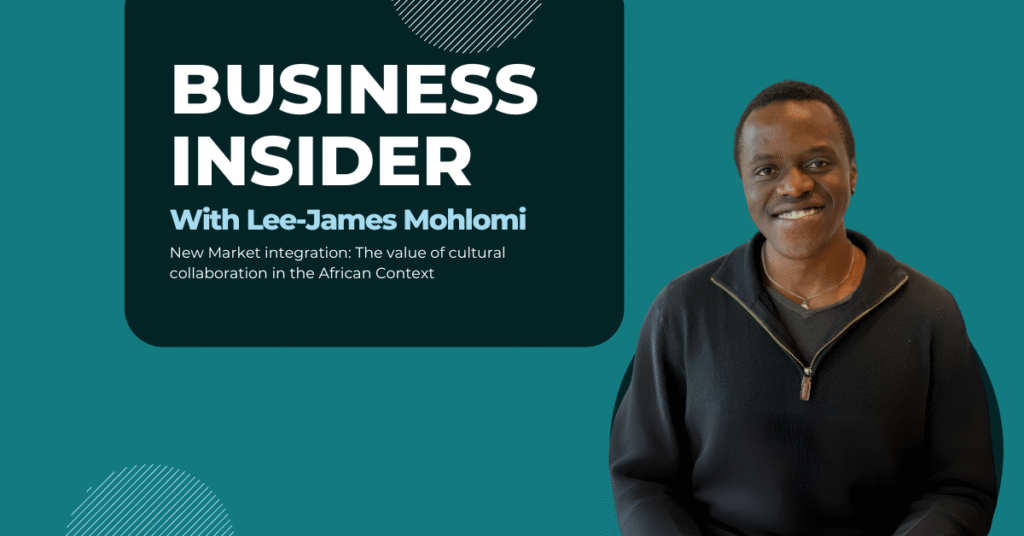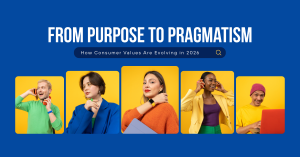In attempting to dive into a new market, especially in a new country brands will inevitably run into challenges even when adequately prepared. While some brands are able to tap into the local nuances, recognising the value of adapting to the cultural differences other brands are not always as fortunate when it comes to successful integration.
Integration in itself is a complex process. We’re constantly code-switching to fit into our environment. eg. The voice and cadence you use to say “after robot” on a Taxi is different to how you’d greet everyone at a meeting. Socially, many of us struggle to integrate into new environments or even effectively integrate friend groups from different times and spaces in our lives. Here is where brands can build or burn bridges depending on their approach and attention to detail.
Culture is the way we behave as a collective.
Whether it be the places we frequent to ease the stress and meet up with friends or the places we’re raised in and how we travel or speak to get around. Each of these have different cultural requirements and cultural nuances, depending on the context of the country, town or city they come from.
The magic words that unlock the door to any African market are region-specific insights, an open secret that brands often avoid listening to. The African continent requires a deep knowledge of culture, be it through cultural references, the nuance of language and the multi-dimensional way Africans are able to communicate. Thereafter, understanding and investing in how we spend our time in order to fully appreciate the context of how we spend our money. Here is where we have seen brands like Uber struggle to adapt to the Nigerian context.
Integration: The First Swing Doesn’t Have To Be A Homerun
In Nigeria Uber struggled to adapt to the local details and in doing so, failed to connect with the country’s economic needs in consistent earning for potential employees and adapting prices to meet the local audience. Along with competing with the economic climate, the crucial error of skipping the detail of the digital disconnect was a massive misstep as they were yet to develop the hybrid model that allowed consumers to use cash and card.
This was detrimental to the brand’s African investment as they lost trust in the community and ultimately, needed to develop a new approach that now required them to earn the trust they lost during their initial investment. The result was an expensive and largely avoidable loss. In missing the local nuances they lost the value of cultural equity before having the opportunity to show the value of their product to the people in the market.
The retail giant Walmart had a similar experience in South Africa. While Walmart is a well established brand presented to the globe through media in film & traditional television it lacked the fire for the braai, the stickiness of the 36sss whistle and the understanding of a “weekend special” to South Ah. All of these local references live outside the benefit of a good deal. Walmart had already made the investment despite local resistance and after purchasing Massmart, the brand felt as though they put their best foot forward but were grossly unaware of what it means to be South African to South Africans. An experience that cannot be replicated, but can be adopted and that’s where the tension lies.
The “Shisa” in the “Nyama”
Beyond the braai there’s a groove, and beyond the rhythm there’s a culture and community that cannot be told what to do or where to go, without trust or necessity. Where Walmart threw a swing and a miss costing them years of research and investment, others have acclimatised by studying the value of cultural adoption. Understanding community is where we as students in marketing learn the knowledge of spending habits, cost of living, loyalty vs affordability and convenience vs quality.
Market research takes on a new life when a brand fails to adapt as brands have learnt through scrutiny that African investment requires online insight and physical experience/presence over time. This means brands then learn to invest in people with the retroactive knowledge that good marketing is when people are able to connect to people through common ground and human insight. When it is successful, it brings keys to doors we never knew existed and this is where local and foreign investment shake hands in community, through cultural adaptation.
When KFC says Pap is essential to the Streetwise 2, Burger King adds Samoosa’s as a side and McDonald’s makes a Boerie Burger; we see brands attempting to connect with the communities they occupy through cultural investment in their products. As chakalaka continues to be the trophy of adoption for local fast food chains we see the urgency for adaptation. Africa continues to rightfully establish the need for respectful cultural integration through trusted local sources of information. Brands – local and foreign – are reminded to find the people, meet the people and speak to the community through the people who live in it.




